October 30, 2023
Troubled Trees, Spring Seeds, Plant Move
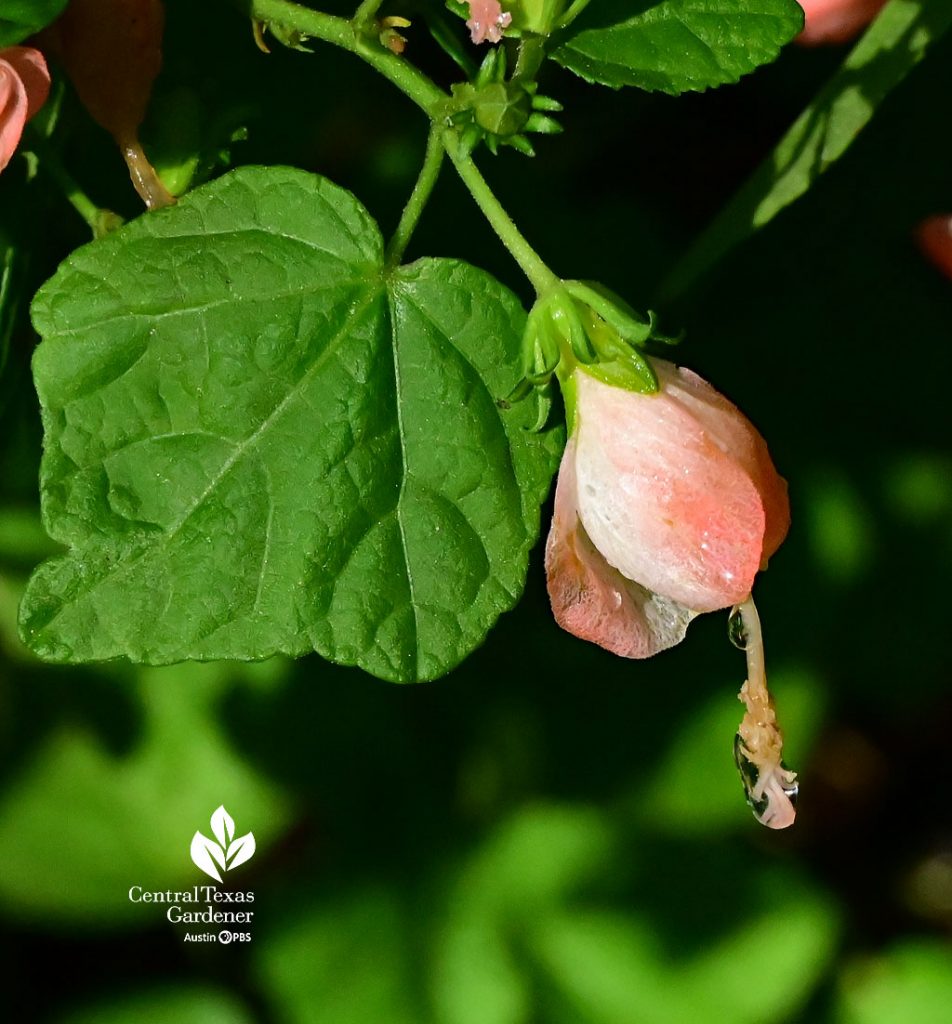
After binge watching summer scald our gardens, we switch the channel to a few month’s worth of rain in a week. You bet, a more gradual flow is better, but that’s not how Texas rolls. Still, this drenching really helps our plants as we head into winter.
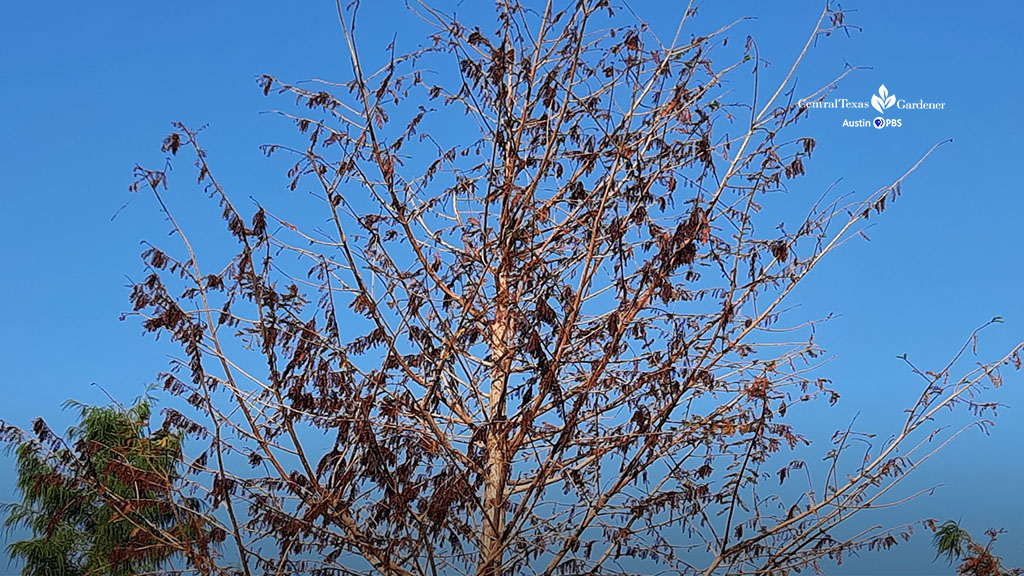
But trees are still in big trouble after the trifecta of snow and ice the last two years, and drought for many years.
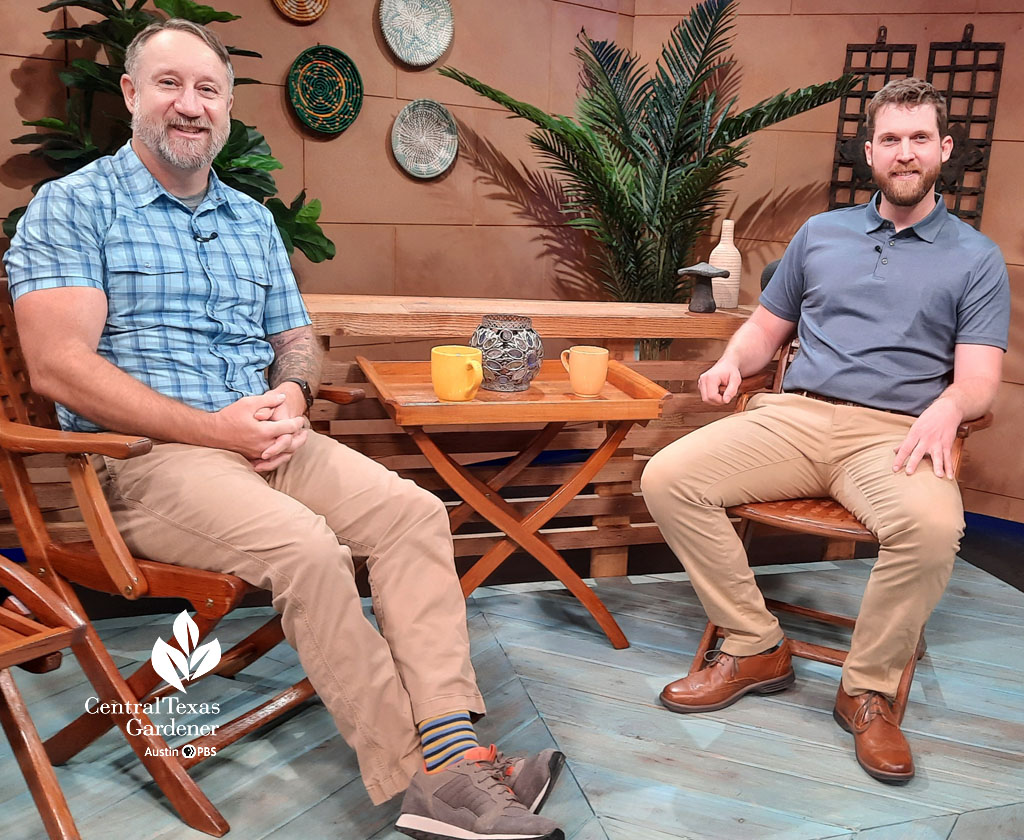
“We’re seeing ancient trees that are in the forest—live oaks that have been there for hundreds of years, just completely die from drought,” Board Certified Master Arborist Andrew Anstrom, co-founder of Tree Amigos, tells John Hart Asher this week. “We’re seeing newly planted trees die; we’re having a lot of mortality, and it really brings me back to 2011, which was the last time we had a drought of this significance.”
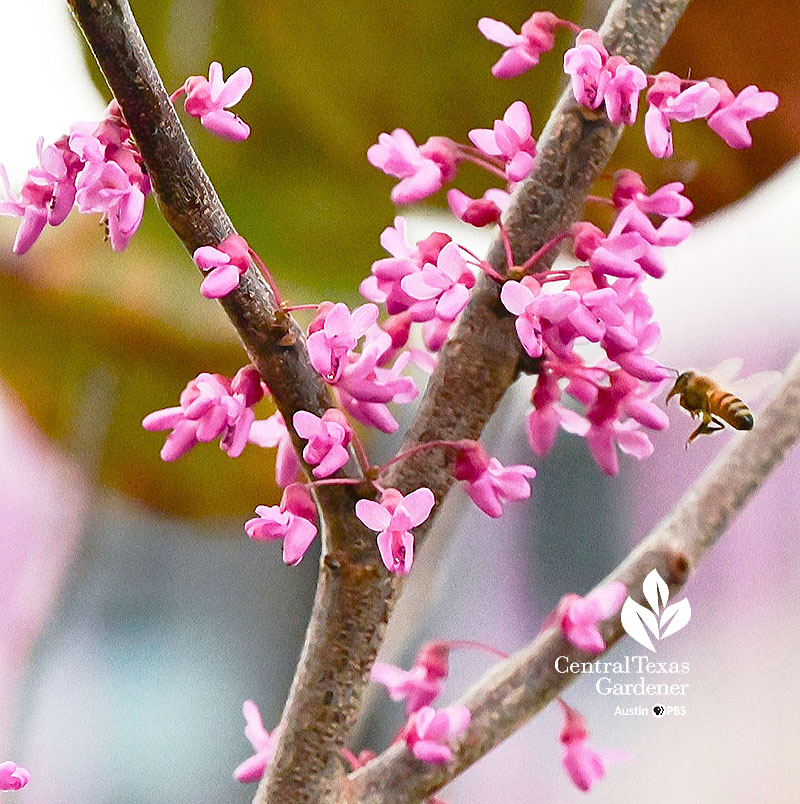
So, is drought what prompted redbuds to bloom last week? In fall 2012, Daphne answered that same question after 2011’s scalding summer. “The drought continues (in 2012) and we still have a pretty large deficit of rainfall. The lack of predictable soil moisture continues to be a stressful issue for plants. And when plants are stressed, they behave out of character. You may notice a decline in plant health during stressful conditions, which would be logical. It makes perfect sense that a tree that isn’t getting enough water to sustain itself will drop its leaves and have declining health. But often something really interesting happens if the environment improves significantly: the plant rebounds and works hard to take advantage of the situation before the opportunity passes. In the redbud’s case this year, after a second hot, dry summer, they took advantage of early fall rains to sneak in a few flowers.”
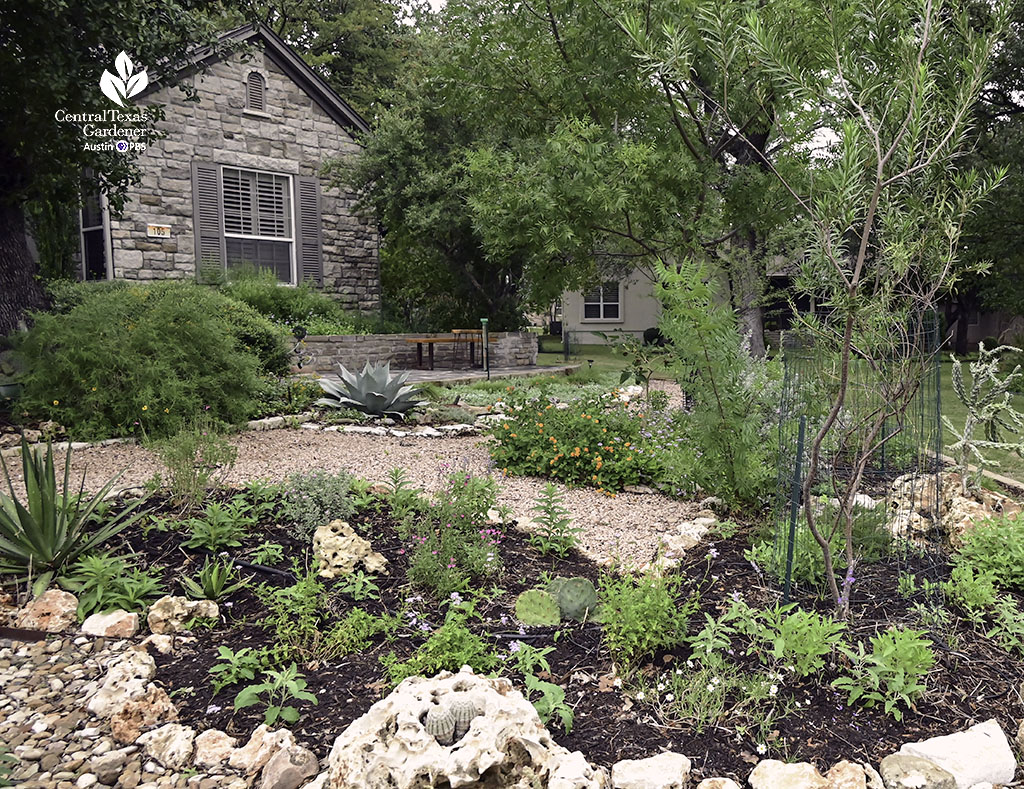
It’s a perfect time to plant new trees to make up for our losses. In fact, November 4 marks Texas Arbor Day, since winter’s cooler and usually wetter weather helps young trees establish before the heat.
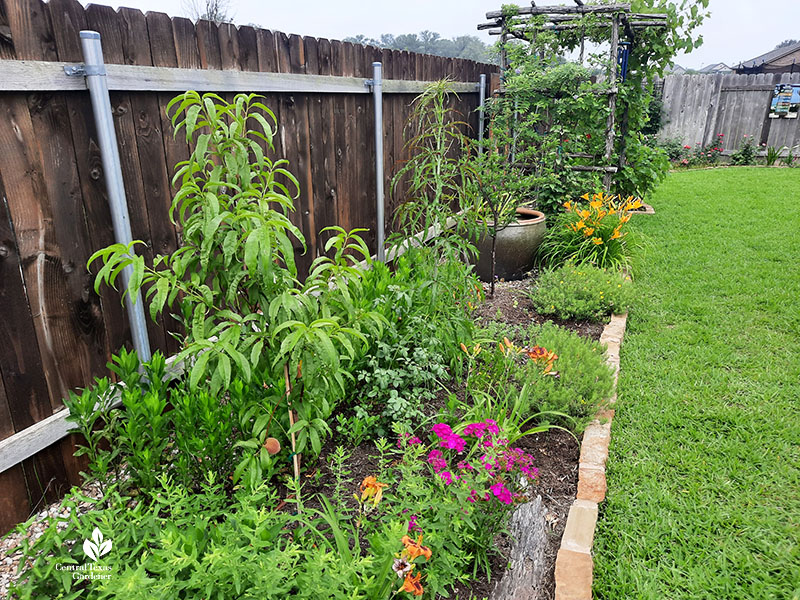
Texas A&M AgriLife recommends planting fruit trees from December to February.
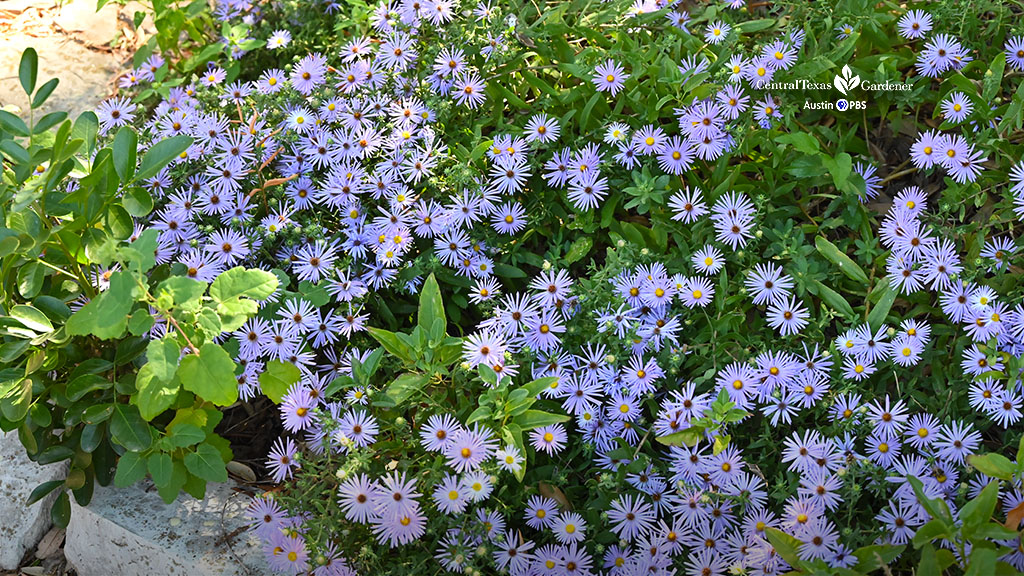
Next: Did your perennials seed themselves in awkward spots or are overcrowded? Maybe roses are in too much shade or a volunteer sapling’s bumping the driveway. Plus, perennials like fall aster can be divided to share or fill that blank spot. . . that one right over there.
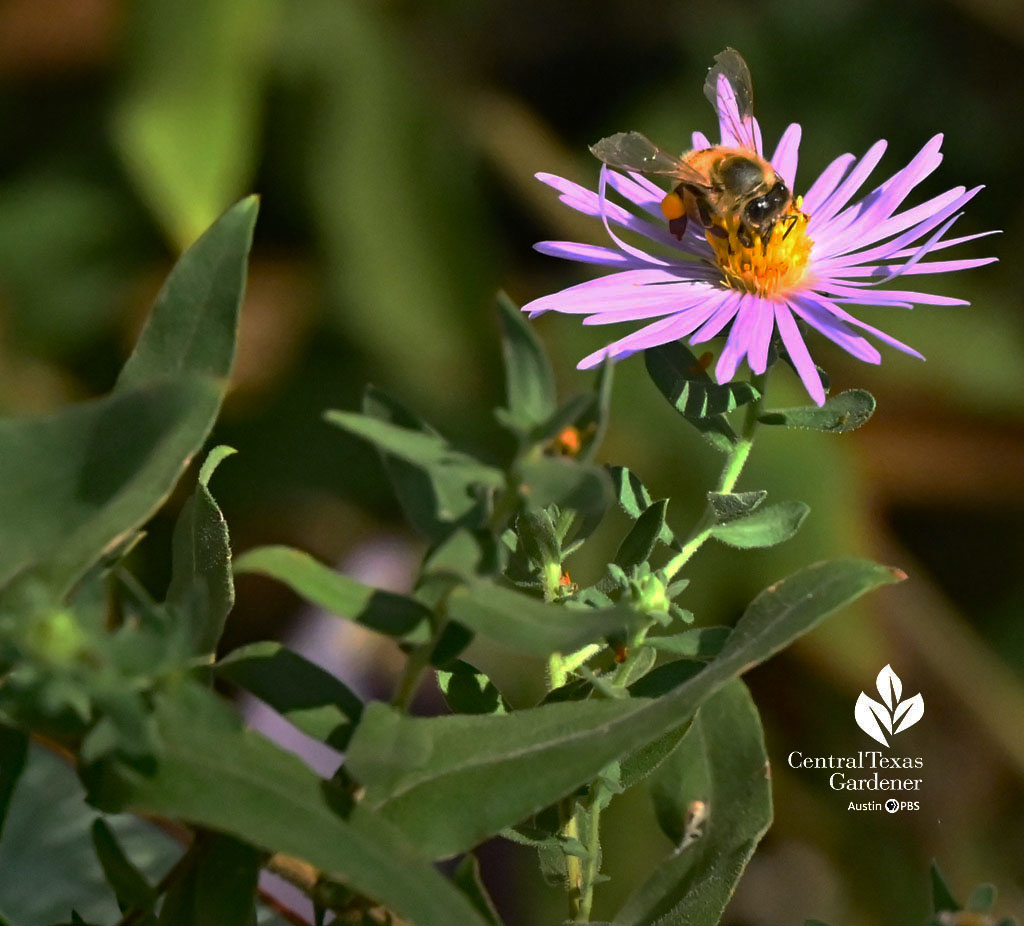
This week, Daphne explains why fall is the best time to make the move, except for cold-tender plants and marginal ones like yellow bells and plumbago.
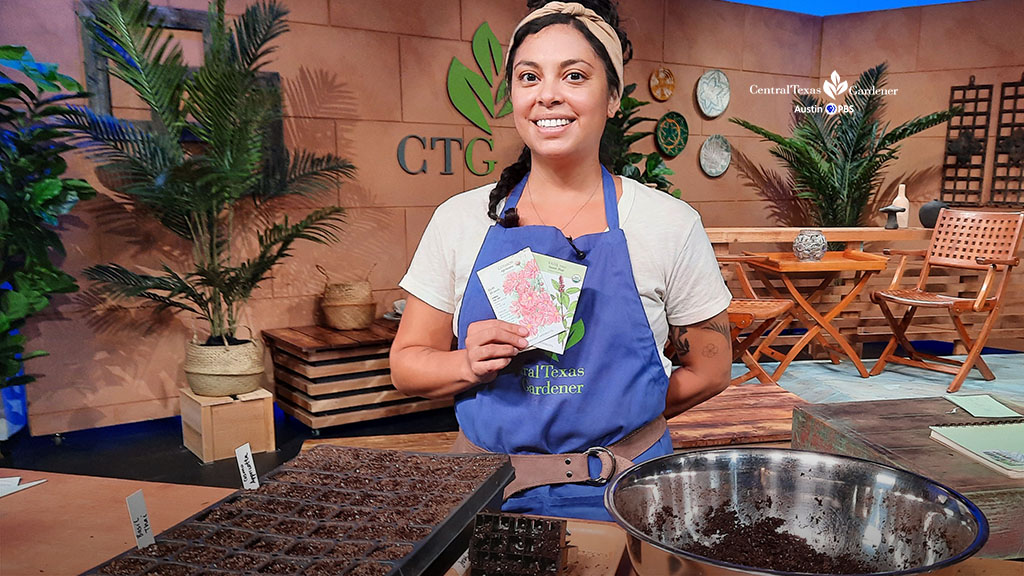
We can also get a head start on spring flowers. Sure, we can sow spring bloomers (including wildflowers) directly in the ground. But if we’ve just got a few seed packets (as opposed to pounds of seeds), weather + digging wildlife compete with our dreams. This week, backyard cut flower grower Laura Brennand steps us through her process from soil mix to setting out young plants. She includes summer flowers to start in late winter.
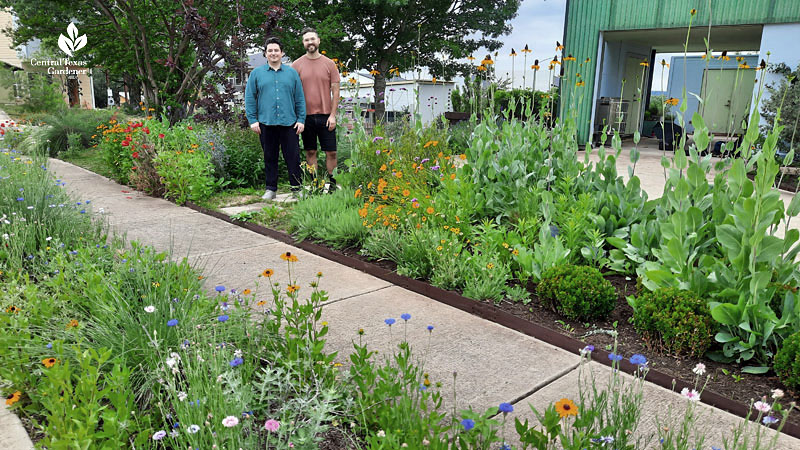
James Barela and Ray Delgadillo started many of their perennials and self-seeding annuals from seed.
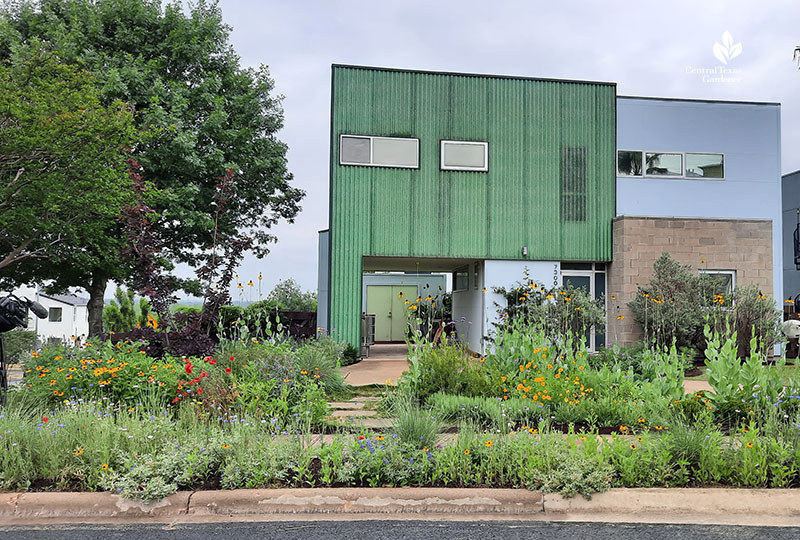
Starting from scratch, they dug out lawn to entice pollinators and other wildlife to colorful drought-tough vignettes. Read all about our May visit.
Watch the whole shebang!
Thanks for stopping by! Next week, tune in for plants that beat the heat. Linda
tags:

